The month of November 2021 saw a multitude of new launches during the welcome return of Formnext, significant advances in bioprinting and medical applications, new acquisitions, and several sustainability-focused developments.
Read on for the standout highlights in November, which involved the likes of ExOne, Desktop Metal, ASTM International, Wohlers’ Associates, BOFA, and many more.
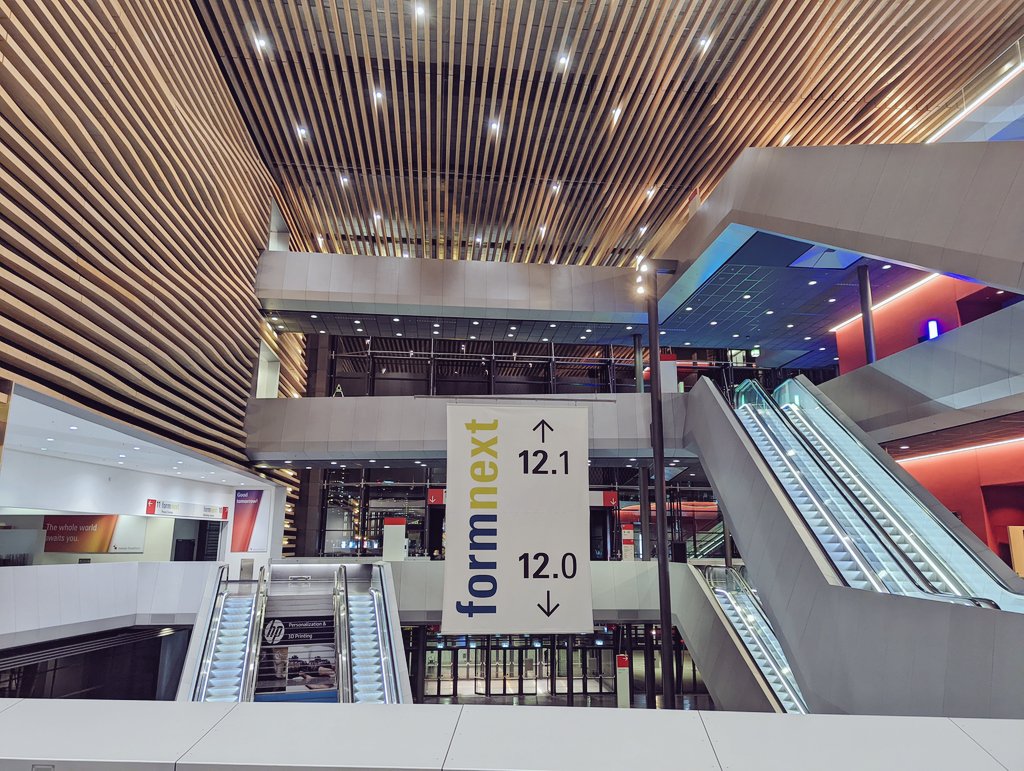
The return of Formnext 2021
November saw the 3D printing industry come together once more for Europe’s highly anticipated leading trade show, Formnext 2021. The 3D Printing Industry team was in Frankfurt for the week to report on the numerous hardware, software, and materials launches announced at the show, alongside sniffing out the key trends and emerging themes within the industry.
Size was one of the major 3D printing trends at the show, with huge 3D printers from the likes of Roboze, Massivit, BigRep, Raise3D, and others dotted throughout the trade show floor, as was a continued move towards series and industrial production, and new innovations in materials.
Among the new printer launches were Essentium’s “small yet mighty” HSE 240 HT Dual Extruder machine, WASP’s new pellet, filament and clay 3D printer lineup, AXTRA3D’s Hybrid Photosynthesis-powered Lumia, Nexa3D’s first desktop model the XiP, new SLS and DMP machines from 3D Systems, and Prusa’s largest desktop 3D printer to date. A full, comprehensive list of all the 3D printer launches at Formnext will soon be available to readers, and in the meantime coverage of the new machines can be found here.
Formnext also saw the launch of new post-processing systems and cleaning and surface finishing products from the likes of AMT and DyeMansion, as well as novel materials from Evonik and others, while the winners of the Purmundus Challenge were crowned.
Keep an eye on our YouTube channel over the coming weeks for a whole host of interviews delivering the latest 3D printing insights, opinions, and trends directly from the trade show floor.
Formnext 2021 also provided the launchpad for an announcement by organizer Mesago Messe Frankfurt, Messe Frankfurt North America, the Association for Manufacturing Technology (AMT) and Gardner Business Media to present a series of additive manufacturing events in the US under the Formnext banner. The events will eventually lead to the launch of Formnext USA Chicago, which will be held between 8-10 April, 2025.
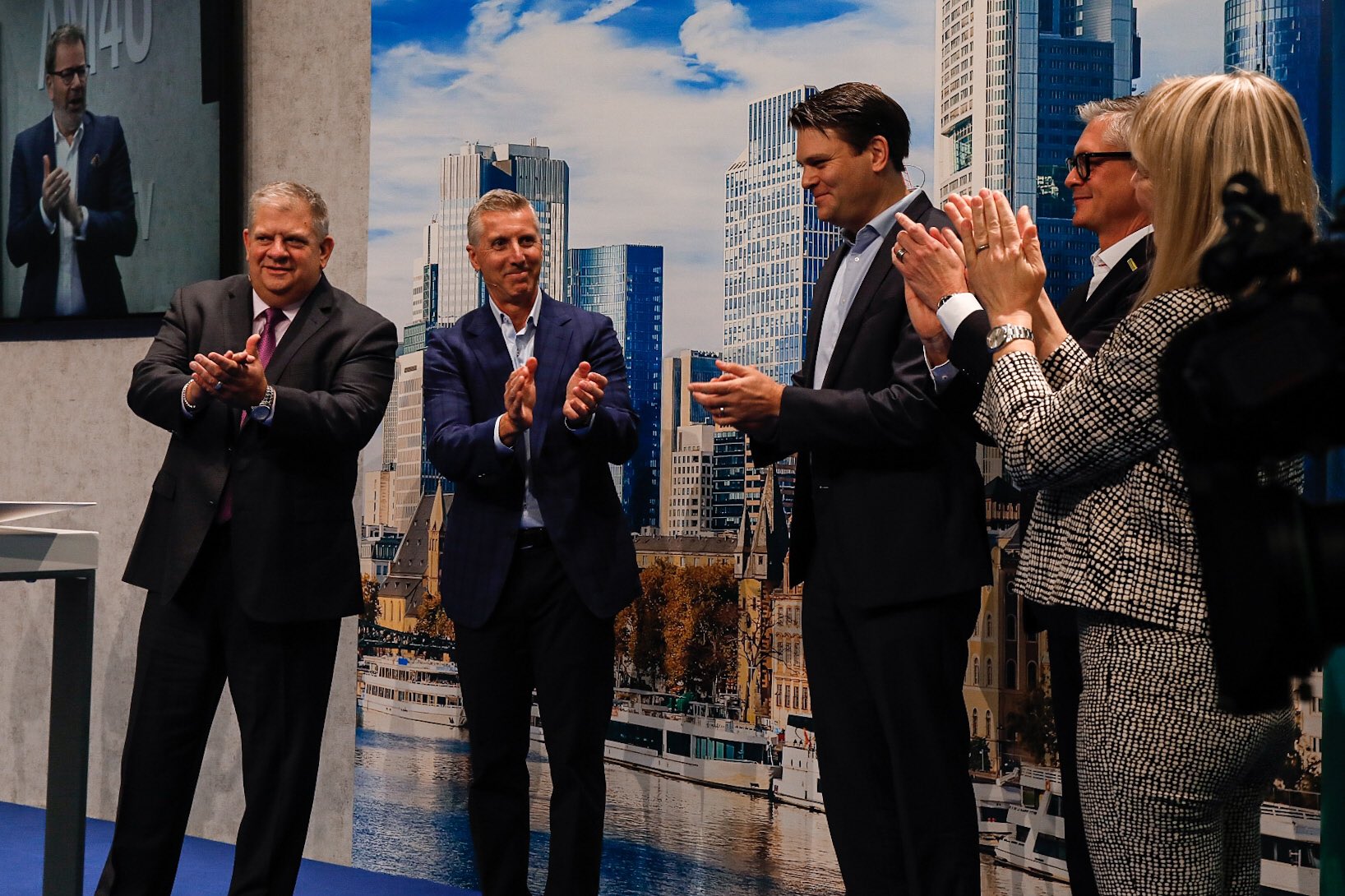
ASTM buys Wohlers Associates
November was naturally dominated by news arising from Formnext 2021, and in addition to new product launches, there were also significant business developments announced during the week. One such announcement came from global standards developer ASTM International, which revealed it had acquired 3D printing consultancy firm Wohlers Associates.
The deal saw ASTM inherit custody of the Wohlers Report, a highly respected state-of-the-industry analysis that captures the additive manufacturing sector’s biggest challenges and opportunities each year. ASTM will use the brand value of the report to not only build on its own market influence but to introduce 3D printing to new industries.
“I could not be more excited about joining the world-class team at ASTM International,” said Terry Wohlers, President of Wohlers Associates. “Through ASTM, we can now accept more projects than in the past and our advisory services team is now larger than ever. We are glad ASTM has made a commitment to publishing the report for years to come.”

Void-free PEEK 3D printing
Formnext 2021 also provided a platform for Dutch 3D printing start-up Bond3D to showcase its void-free 3D printing technology. The firm claims to be the first in the industry capable of 3D printing functional end-use parts with high-performance polymers like PEEK without losing the inherent properties of the material.
Bond3D’s patented technology is a pressure-controlled extrusion process that enables printed filament to settle in final part densities of above 99 percent, a significant improvement on conventional PEEK printers which tend to achieve around 85 percent part density, leading to reduced strength in the z-direction.
World-first medical advances
The month of November saw several notable 3D printing developments in the medical sphere. Firstly, a London man reportedly became the first person in the world to be fitted with a 3D printed prosthetic eye at Moorfields Eye Hospital in London. The clinical trial is supported by the National Institute for Health Research, the Moorfields Biomedical Research Centre and Moorfields Eye Charity, and has the potential to drastically shorten patient waiting times.
The prosthetic eye was developed using 3D scanning and Ocupeye and Fraunhofer IGD’s software expertise before being 3D printed by FIT AG and delivered to Moorfields Eye Hospital. With a single 3D printer, the team believes they could be capable of fulfilling the annual requirement of around 10,000 prostheses required for the UK market.
Elsewhere, a consortium comprising CTI BIOTECH, the French Armed Forces Biomedical Research Institute, École Polytechnique and Institut Pasteur, became the first in the world to 3D print immunized human skin. The skin model was fabricated to aid the development of cold plasma technology for the treatment of infected burns and the wound healing of skin grafts.
Research has shown that the cold plasma technology developed by the consortium, known as NOVOPLASM, promotes the formation of new blood vessels and mobilizes the immune cells present in the skin wound.
“Regenerative medicine is the future of healthcare,” said Professor Colin McGuckin, President and Chief Scientific Officer at CTIBIOTECH. “At CTIBIOTECH we advance these models to help personalized medicine and to support hospitals in the short term, but just the future.
“NOVOPLASM uses our models to accelerate new devices to protect human health.”
November also saw researchers from Northeastern University devise a 3D printable living material that was capable of growing and healing itself in a proof-of-concept study. Formed from genetically-engineered E. coli, the material is described as “truly living” as it is entirely biological and is not blended with any other substance.
The researchers believe their novel material could pave the way for a whole range of possibilities for building things with biology, such as off-space habitats and their components, as well as various medical applications.
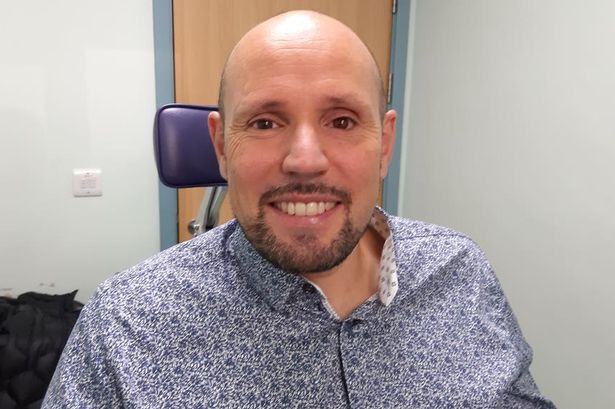
Exone approves Desktop Metal acquisition
In November, the shareholders of binder jet 3D printer manufacturer ExOne voted to approve the firm’s acquisition by rival Desktop Metal. In the works since August, the $575 million deal saw Desktop Metal bring one of its key binder jetting rivals into its portfolio in a move that ExOne CEO John Hartner said could prove beneficial for the sector by driving the technology’s wider adoption.
“I’m very excited about this combination, which I believe will dramatically accelerate the adoption of production metal additive manufacturing,” he added. “This combination brings together two of the industry’s leaders, that combines, will solve customers’ challenges faster and bring the reality of production metal additive forward by years.”
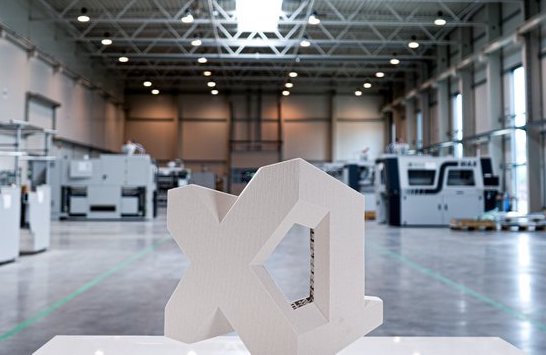
Validated marine parts
Another notable November highlight came from 3D printing service provider 3D Metalforge, which successfully tested three different 3D printed parts on board ConocoPhillips Polar Tankers’ Endeavour oil tanker in a pioneering project.
Installed onboard the tanker for six months, the 3D printed parts included a gear set and gear shaft for the tanker’s boiler fuel supply pump, a flexible coupling for a marine sanitation devices pump, and an ejector nozzle for a freshwater generator.
“The superior performance of these parts in service is a testament to the rigorous engineering, manufacturing and post-production testing put in place by the team involved with this venture,” said Robert Noyer, ConocoPhillips Polar Tankers Engineering Superintendent. “We look forward to future opportunities to support our vessels with this technology.”

Improving health and sustainability
November also saw several developments regarding improving health and safety and increasing sustainability within 3D printing. First up, fume and particle extraction technology developer BOFA International published a research paper reviewing the impact of particulates and gases emitted by 3D printing processes.
The study focused on the presence of harmful airborne contaminants produced by 3d printing processes like FFF and vat polymerization, and how 3D printer manufacturers could better protect the health of operators and improve product quality through integrating more effective filtration systems.
“The report highlights the importance of installing effective filtration solutions that can help capture and remove any potentially harmful emissions,” said Ross Stoneham, Product Manager – 3DP & Growth Markets at BOFA.
“This will not only help protect operatives from potentially harmful airborne contaminants, but will also ensure that resulting product and the machine remain free from contamination.”
Elsewhere, researchers at the US National Renewable Energy Laboratory (NREL) developed a new method of 3D printing wind turbine blades using thermoplastics that improves both their performance and end-of-life recyclability. By using thermosplastics in favor of normal thermoset resins, these can later be heated to recover their original polymers for reuse in the production of future blades.
To prove their circular approach, the engineers 3D printed a 13-meter prototype turbine blade with a highly-engineered, net-shaped structure that featured varying densities and geometries between their ‘skins’. In future, the researchers say it could be possible to reduce the weight and cost of turbine blades by 10 percent, and their lead times by 15 percent, while developing lightweight parts up to 100 meters in length.
Rounding off November’s highlights is a new set of results from the SAM (Sector Skills Strategy in Additive Manufacturing) project’s 3D printing survey, which assessed among other topics the role of 3D printing education for environmental sustainability.
Coordinated by the European Federation for Welding, Joining and Cutting (EWF), of which 3D Printing Industry is a SAM Associated Partner, the SAM project aims to identify and deliver the necessary skills required for additive manufacturing technologies to the industry.
The survey identified so-called “green skills” related to resource efficiency, green awareness, life cycle assessments, eco-design, and circular economy, which are currently most addressed by current 3D printing training courses. The survey revealed that from workers’ perspectives, the top three green skills that should be covered in such training courses are eco-design, circular economy, and life cycle assessments, while 86 percent of managers wished for green skills to be further developed within their workforce.
In light of the survey results, the SAM project developed a training unit aligned with EQF level 3 on sustainability for additive manufacturing within which these skills will be covered. Through the unit, students will be provided with a basic knowledge of the economic and social context of sustainability policies, how to incorporate sustainability throughout a product’s life cycle, and how to spot opportunities for more sustainable processes within 3D printing operations, among other things.
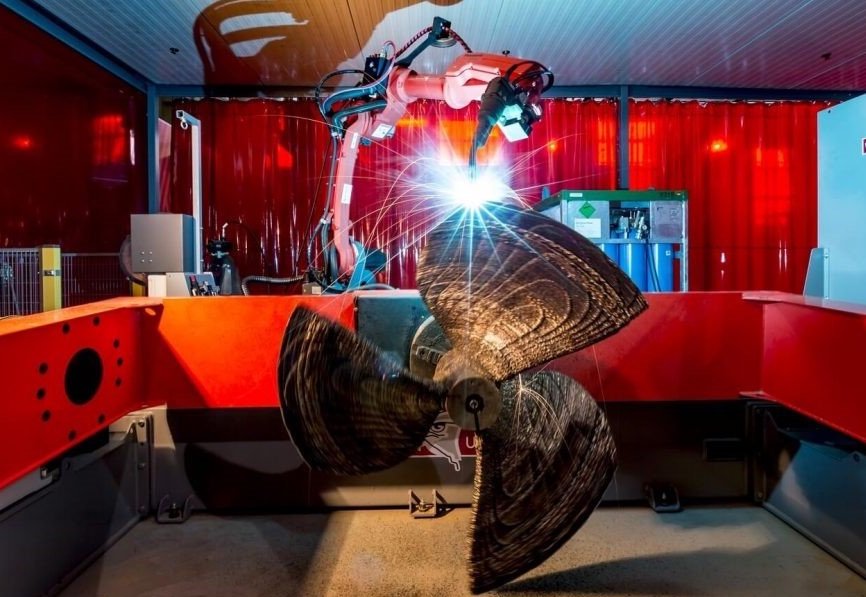
Subscribe to the 3D Printing Industry newsletter for the latest news in additive manufacturing. You can also stay connected by following us on Twitter and liking us on Facebook.
Looking for a career in additive manufacturing? Visit 3D Printing Jobs for a selection of roles in the industry.
Subscribe to our YouTube channel for the latest 3D printing video shorts, reviews and webinar replays.
Featured image shows Formnext 2021. Photo via Michael Petch.


